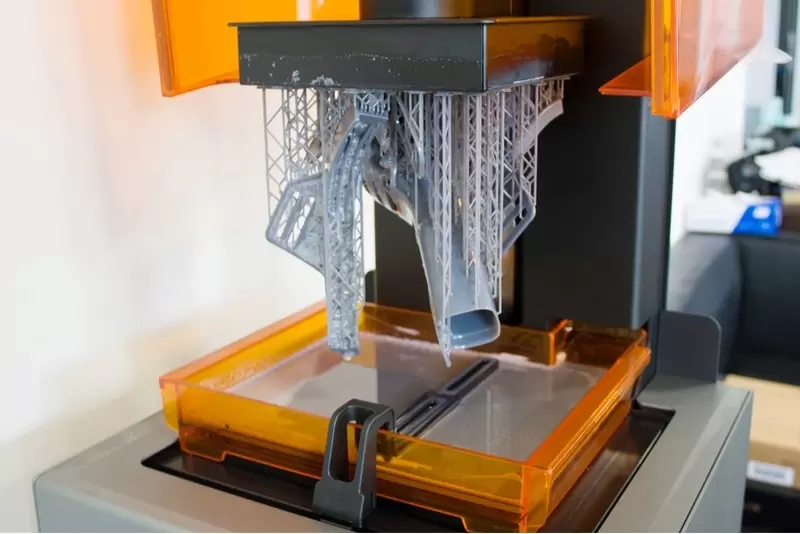Table of Contents:
- Introduction
- How Stereolithography 3D Printing Works
- Advantages and Limitations of SLA Printing
- Applications of SLA Printing
- Future of SLA Printing
- Conclusion
–
1. Introduction
Stereolithography (SLA) printing is a type of 3D printing that uses a laser to cure photopolymer resins layer by layer, creating three-dimensional objects. SLA printing has been used for various applications, including prototyping, medical modeling, and customized manufacturing. In this article, we will provide an in-depth overview of the technology and its applications.
–
2. How Stereolithography 3D Printing Works
SLA 3D printing works by using a vat of photopolymer resin and a UV laser. The laser beam is directed onto the resin, which solidifies wherever the beam touches. The build platform is then lowered into the vat, and the process is repeated layer by layer until the object is fully formed. The final object is then cured and cleaned to remove excess resin.
The materials used in SLA printing are typically high-quality photopolymer resins. These resins can be formulated to have specific properties such as flexibility, toughness, or transparency. They can also be mixed and colored to achieve the desired appearance and physical characteristics.
–
3. Advantages and Limitations of SLA Printing
One of the significant advantages of SLA printing is its high level of detail and accuracy. This technology can produce very fine features and intricate geometries that are challenging to achieve with other 3D printing technologies. SLA printing is also faster than many other 3D printing methods, and the final product has a smooth surface finish, requiring minimal post-processing.
However, there are several limitations to SLA printing. Firstly, the printed objects are typically small in size, limited by the size of the build platform. Secondly, the materials used in SLA printing are relatively expensive compared to other 3D printing materials. Finally, the parts produced by SLA printing tend to be brittle and may warp or crack over time.
–
4. Applications of SLA Printing
SLA printing has many applications across several industries. In the healthcare sector, SLA printing is used for medical modeling, surgical planning, and prosthesis development. The precision and accuracy of SLA printing make it ideal for creating custom-fit prosthetic limbs and surgical implants.
In the manufacturing sector, SLA printing is used for rapid prototyping and tooling. Designers can quickly evaluate their designs and make changes as needed, reducing production time and costs. SLA printing is also used for creating small parts and components for aerospace and automotive industries.
Finally, in the fashion and jewelry industries, SLA printing is used for creating intricate and customized models for production. Designers can produce prototypes of their designs faster and more accurately than with traditional manufacturing methods.
–
5. Future of SLA Printing
The future of SLA printing looks bright. Technological advances will continue to improve the accuracy and speed of the 3D printing process. New materials will be developed that will better suit specific applications, such as high-strength and high-temperature resins. As the cost of machines and materials decreases, SLA printing will become more accessible to smaller businesses and individuals.
If you need about Stereolithography (SLA) 3D Printing,You can click on the V1 Prototype website to find it.
–
6. Conclusion
Stereolithography 3D printing is a powerful technology with numerous applications across several industries. The precision and accuracy of SLA printing make it ideal for creating customized products, rapid prototyping, and surgical planning. While SLA printing has some limitations, it is likely to become an increasingly critical part of manufacturing and design industries in the coming years.




